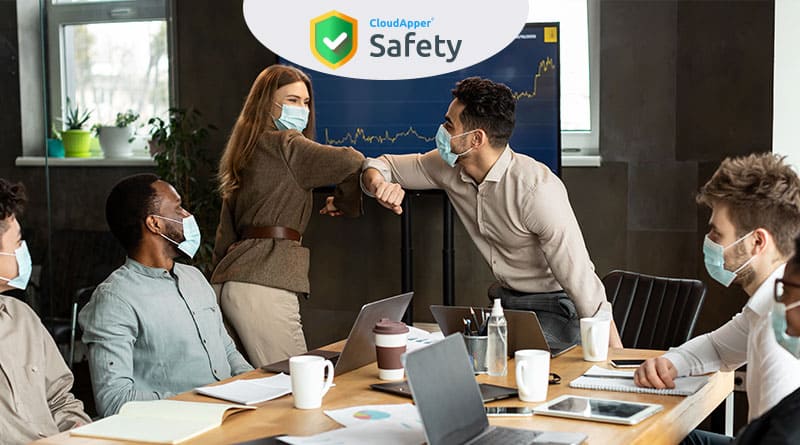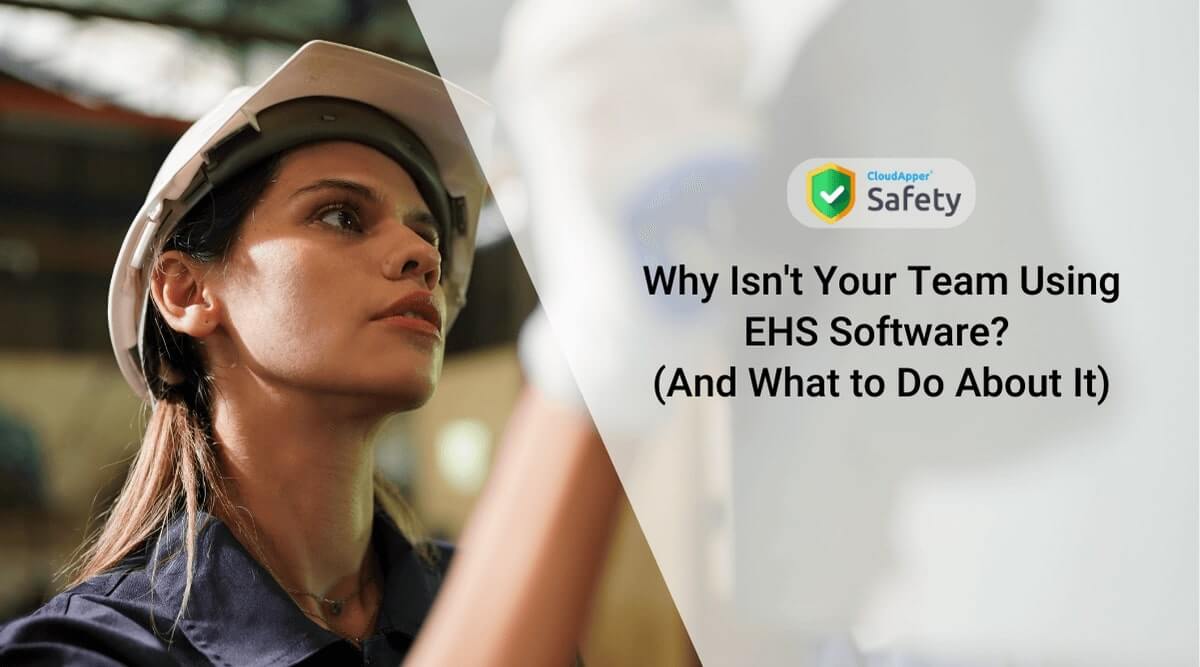Table of Contents
Do you want to see a reduction in absenteeism, a healthier workforce, and decreased staff turnover in your company? The first step toward achieving these objectives is to create a healthy safety culture in your organization that makes your employees feel safe and appreciated.
But what if you already have a contingency plan in place? Here’s how to keep your plan on track for establishing a strong safety culture that will benefit your company for many years to come.
-
Set clear expectations
It’s pointless to have a fantastic safety motto that’s not supported by actions. Clear and precise policies, plans, and metrics are required at every level of your firm. You should have these in writing so that there are no misunderstandings. It is a lot easier to act when everyone is on the same page, which makes it a lot easier to achieve goals. Employees can assist in making your safety goals a reality if everyone is aware of the specifics of your safety strategy.
-
Safety begins from the top down
The establishment of a safety culture should begin at the top. It is the responsibility of senior management to promote safety initiatives and to “walk the walk” when it comes to following policies. If management offers safety lectures but does not follow the safety guidelines, employees will notice. Your company’s top executives must be completely committed to improving safety in the workplace.
-
Individuals must be held responsible
Supervisors, team leaders, and managers, in particular, should have a process in place that holds them accountable for safety violations while also rewarding them for their contributions to promoting the safety culture.
If someone is found breaking safety procedures, they should be penalized. Unfortunately, if employees witness one person breaking the rules and getting away with it, it becomes a practice inside the company. You should address this early on by holding individuals formally responsible for safety breaches.
-
Give employees the option to halt working
Allowing staff to take action in a potentially hazardous situation can help avert injuries. Not only that, employees also have the choice to refuse to work in hazardous conditions and report your organization to OSHA. Be proactive and empower all your staff to stop working before this happens.
By empowering your staff to stop work in hazardous situations, you maintain your safety culture, keep employees alert to fix any risks before they are exposed, and demonstrate to your employees that you care about their well-being, which leads to increased morale and productivity. Teach your staff that they have the right to cease working in unsafe situations and how to identify hazards. Your staff will be more accountable as a result of these proactive policies.
-
Establish a communication route for your employees
Employees should be able to raise their concerns about safety hazards through a formal process or chain of command. Not only will you gain valuable input on what is and isn’t working, but you will also empower your staff to take responsibility for themselves.
-
All accidents, incidents, and near-misses must be reported
Accurate reporting is critical for determining the performance of any safety program. Unfortunately, many businesses misrepresent injuries or occurrences in order to pad their figures. This actually increases your company’s risk because unreported safety problems may not be remedied, resulting in further mishaps.
When a near-miss occurs, the hazard should be corrected as soon as possible. This will reduce future risks and keep your staff safe. Accurate data also assists you in tracking the performance of your safety program, which leads to future improvements.
-
Have a solid investigation system in place
Your organization should have a thorough investigation process in place. It is vital to evaluate this system to verify that all investigations are handled effectively. This aids in determining the fundamental causes of accidents and incidents, which improves your safety plan and reduces future threats.
-
Build your team’s trust
Every employee in an organization should be a team player. It all begins with trust. Many people believe that maintaining safety entails snooping on your coworkers and peers. Your staff should be aware that reporting a safety event will not result in any negative consequences. Building a high-performing safety program requires trust.
-
Employees should be rewarded for their contributions
Employees who go above and beyond in enforcing safety culture should be praised. More employees will willingly contribute to your safety strategy as a result of positive reinforcement.
-
Remember to celebrate success
Hold quarterly programs to encourage workplace safety, but don’t forget to make them enjoyable and entertaining. OSHA hosts yearly events such as Safety Stand Down Week (May) and Safe+Sound Week (August) with resources available to companies. This is an excellent time to talk about safety with your employees, but make sure you follow up throughout the year.
Safety App to Ensure Safety Culture
With CloudApper Safety App, now it is easier to promote a safety culture within your organization. CloudApper Safety App helps you to create a safer workplace while removing the administrative load. Users of the CloudApper Safety application can work on the go and monitor several sites from anywhere. Employees can use the smart mobile app to report safety issues, report injuries and accidents, upload photos and videos from their phones to support the injury claim, and much more!
By digitizing all documents and implementing the CloudApper Safety app, you can automate OSHA Compliance and improve operational efficiencies.
What is CloudApper AI Platform?
CloudApper AI is an advanced platform that enables organizations to integrate AI into their existing enterprise systems effortlessly, without the need for technical expertise, costly development, or upgrading the underlying infrastructure. By transforming legacy systems into AI-capable solutions, CloudApper allows companies to harness the power of Generative AI quickly and efficiently. This approach has been successfully implemented with leading systems like UKG, Workday, Oracle, Paradox, Amazon AWS Bedrock and can be applied across various industries, helping businesses enhance productivity, automate processes, and gain deeper insights without the usual complexities. With CloudApper AI, you can start experiencing the transformative benefits of AI today. Learn More























